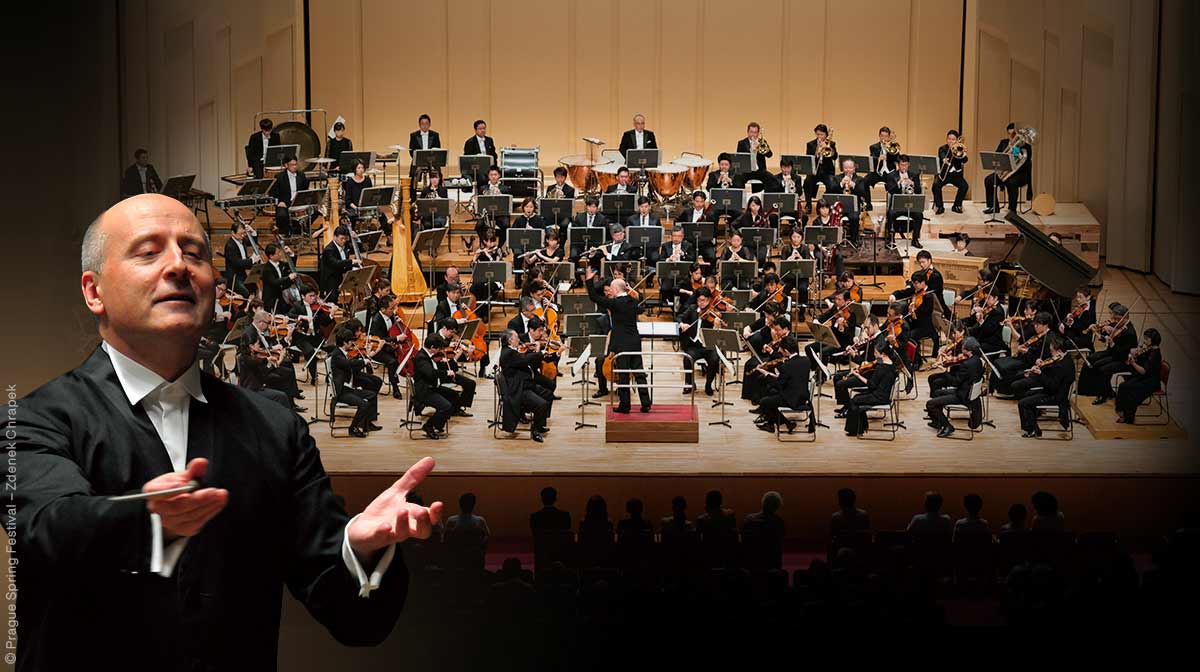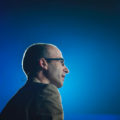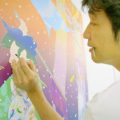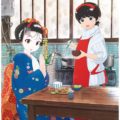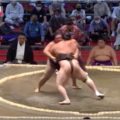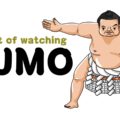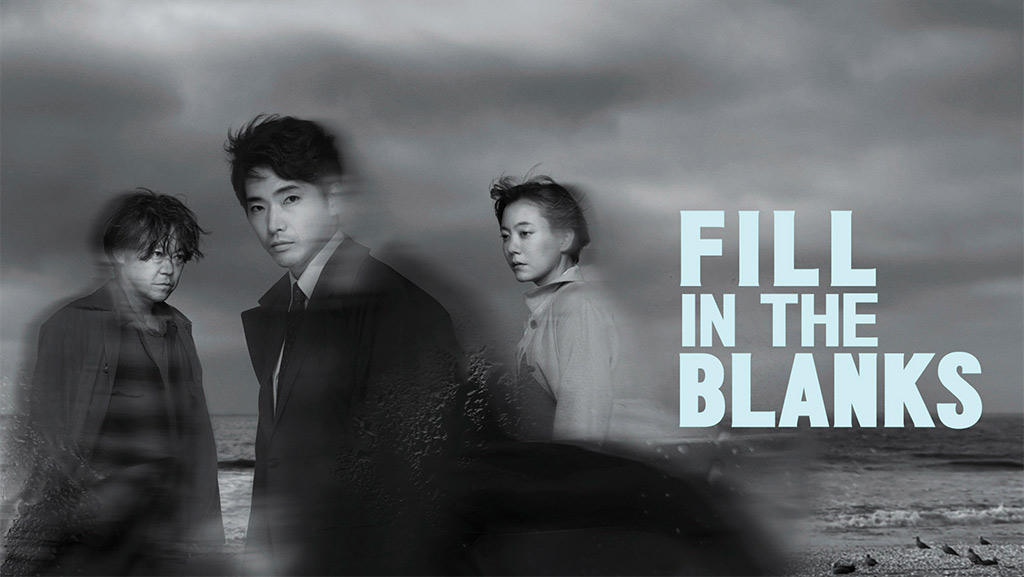

Interview with Hirano Keiichiro
“Thinking about myself and thinking about society are inseparable things”
The Japanese popular TV drama Fill in the Blanks (Kuhaku wo Mitashinasai) will be broadcast online from 16th October 2022 on the NHK WORLD-JAPAN website, the international service of Japan’s public media organisation NHK. The original author Hirano Keiichiro looks back on his work.
Talking about dead people who come back to life sounds like science fiction, but the way you have treated the subject feels like reality and turns the story into an affecting human drama. Why did you choose “death” as the theme for this novel?
There are several reasons. First of all, my father died when he was 36 years old. I was only one at the time, so I’ve never really known him but – and maybe because of that – I developed a very close relationship with my father. Growing up, his death has always been with me, so much so that I began to feel like I myself would die at that same age. Of course, this is a very irrational assumption, but I couldn’t imagine being older than my father. So, when I eventually turned 36 myself, I decided to write a novel to overcome that age.
Then, during the story’s planning stage, two other important things occurred: on the one hand, more than 10,000 people died during the Great East Japan Earthquake and, on the other, my first child was born. In a sense, life and death became intertwined.
At that time, I wondered what is the strongest feeling that humans have toward the dead, and I realised that it comes down to wanting to meet and talk to them again. That’s why I decided to make this feeling the theme of my novel. Therefore, even though the setting is very unrealistic, I wrote it based on the very vivid feeling of wanting to meet the deceased. In that sense, I find that my work has a sense of reality.
You are never afraid of expressing your opinion on social issues and people’s difficulties in life through various media, but I feel that in this work, more than people confronting society, you have written about how people face their own self, or maybe “the other self.” Is this related to the concept of “dividuality” (“bunjin”, multiple personality) that you have developed?
In the novel, there is actually a scene where the word “dividuality” is used and explained, but for me, thinking about myself and thinking about society are inseparable things. That’s because in many cases, we tend to internalise ideas that exist in society and apply them to the way we think about ourselves. So one of the main themes of this novel is how we should perceive ourselves. Suicide is, after all, a fundamental problem of how we deal with our own self. In Japan, for example, when young people finish school and enter society, they are asked a lot about what kind of person they are and what kind of work they want to do. Many of them keep doing the same job for about 40 years, to the point that eventually, they identify themselves with their occupation. Another thing is that we are often told that we should always be our true selves. However, society is made of many different people, and if we want to establish a good relationship with the people around us, we have no choice but to become different selves depending on who we are with. That’s how I came up with the concept of “dividuality”: having a different self for each situation. Unfortunately, there is a tendency in society to regard having multiple personalities as being fake and dishonest.
This concept is especially important when considering suicide, which is another theme I explored in my novel. Especially when I was working on this story, suicide among young people became a big problem, and even a few people around me had taken their own lives by the time the novel was finished. As a novelist, I thought it was important to tackle that subject.
Why is the “dividuality” idea important when thinking about suicide? For example, I may have problems at school, but be perfectly happy at home or with my friends. If I can focus on my “happy selves” I can escape the urge to commit suicide. Unfortunately, too many people see themselves as a single personality that cannot be separated, so if they have a hard time at their company, that problem ends up affecting their whole life. Then, there is no way to escape from your own pain to the point that you start thinking that in order to erase that pain you have to deny your whole self.
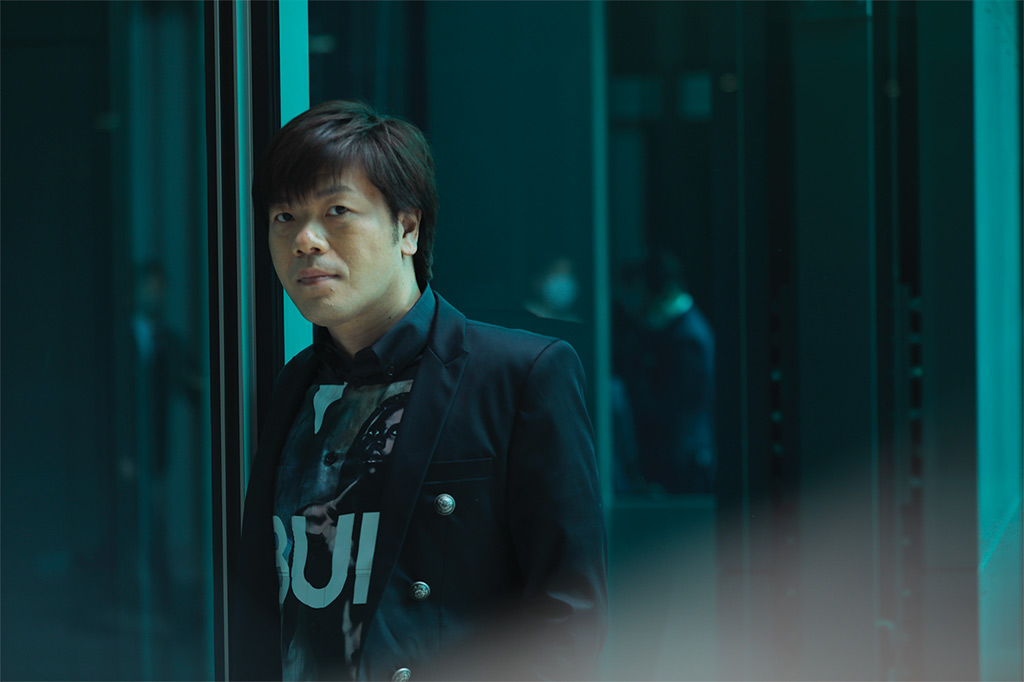
In many respects, Japanese and Western society have different values, customs and work cultures, and even the way we view life and death can be quite different. Under such circumstances, how would you like British people to see or perceive your story?
We can find both many similarities and differences between the Japanese and the British. After all, Japan has imported many Western ideas since the 19th century. Indeed, its process of modernisation was based on concepts imported from Europe and the United States. Today, we live in a democratic political system associated with the capitalist economic system. In particular, the idea of neo-liberalism is afflicting workers around the world, and in that respect, Japanese society and British society have a lot in common. The actual shape that problem takes may be unique to each country, but we share many things.
For example, before this novel, I wrote a work called The Last Metamorphosis which is based on the theme of Japanese hikikomori (social withdrawal). At that time, the hikikomori problem was said to be unique to Japan. Recently, however, it has been attracting attention in France as well. Even suicide, of course, is a global issue. People are starting to understand that. At the same time, these issues take on different connotations depending on the country, so I think that British readers will discover those differences and have a chance to make comparisons.
The interesting thing is that 10 years have passed since this novel was first published, and since then, the book has continued to sell without interruption. In a sense, now there are more people than ever who can connect with my story and understand my message.
The character called Saeki, played by Abe Sadao, is creepy but quite impressive. Why did you make such a character?
There are various reasons, but what he talks about are the unpleasant truths that society tries to hide. There are generally believed values that people are supposed to embrace. If you live according to those values, we are told that everyone will be happy. Of course, real life is not that simple. Wanting to be happy is a wish that no one can deny, but if you pursue that desire, living may actually become painful. Should happiness really be pursued as such a goal? As a novelist, I wanted to question whether this is really the case.
When I wrote the novel, I was looking for a character who would tell an unacceptable thought in a very impactful way. So I created a character who is a bit unusual and disgusting, but who has the power to sow the seeds of doubt in the reader.
Interview by Gianni Simone
Synopsis Fill in the Blanks
A man suddenly finds himself revived from a death he has no recollection of. He supposedly fell from the roof of his workplace, but he has no memories of this. Why did he die, leaving behind his beloved wife and son? The man struggles to come to terms with the three-year blank of his death as he searches for answers, and eventually uncovers a most profound truth.
A suspense drama Fill in the Blanks broadcast on NHK WORLD-JAPAN
*Broadcast on Sunday (JST), also available on Video On Demand.
EP #1 Subtitled ver.:
16th October 2022 (WET) 01:10 – 02:00, 13:10 – 14:00
Dubbed ver.:
16th October 2022 (WET) 07:10 – 08:00, 17th October 2022 (JST) 19:10 – 20:00

